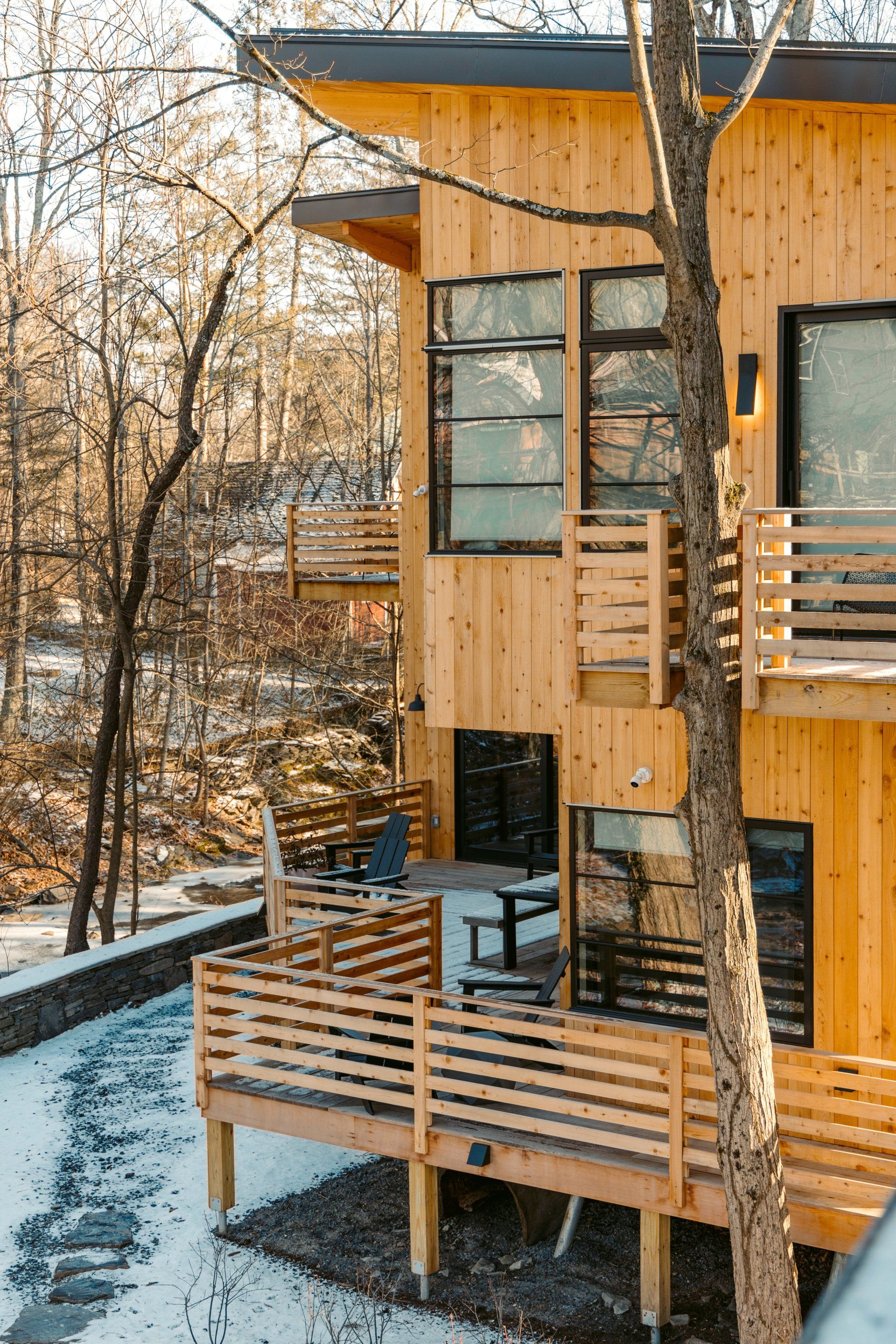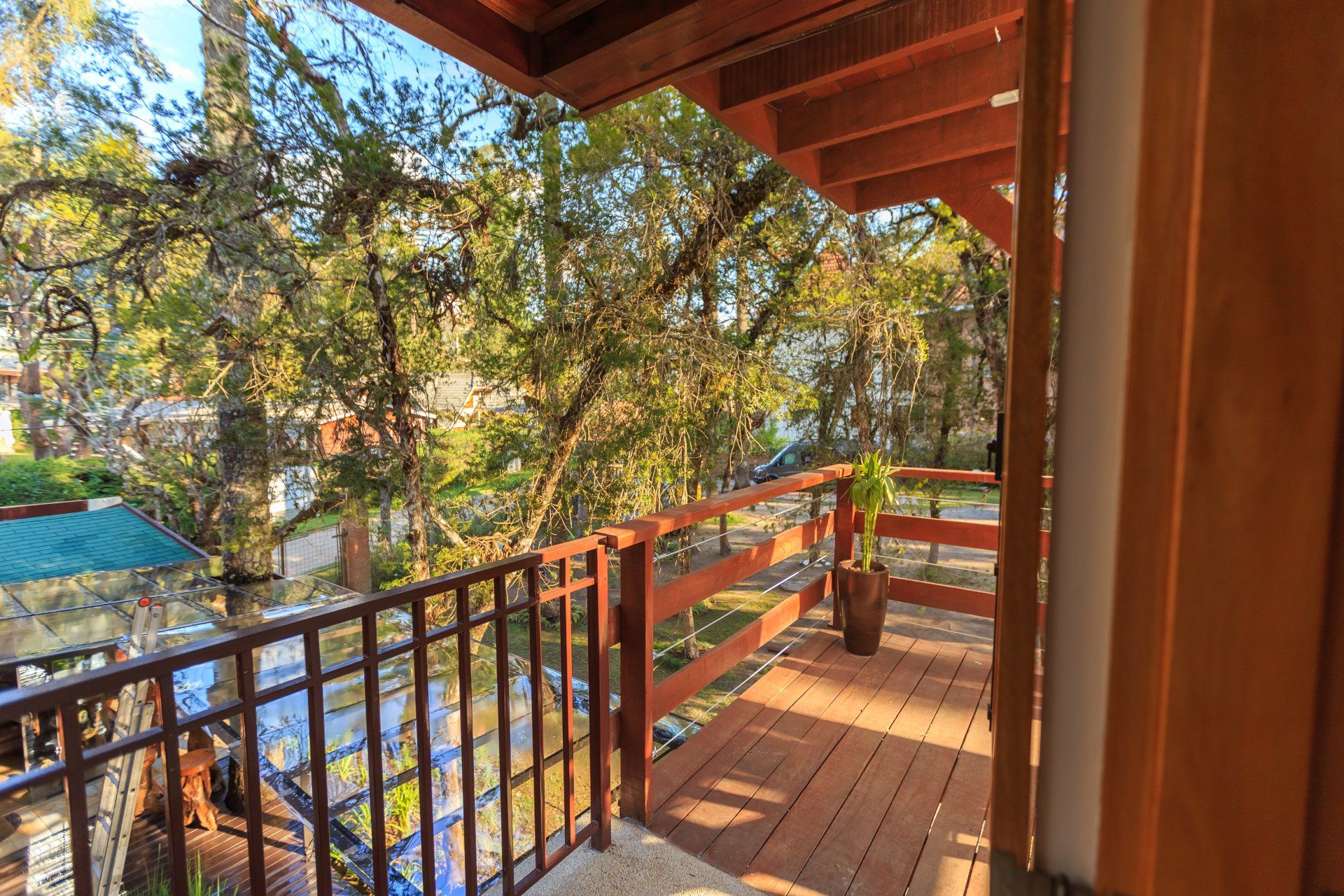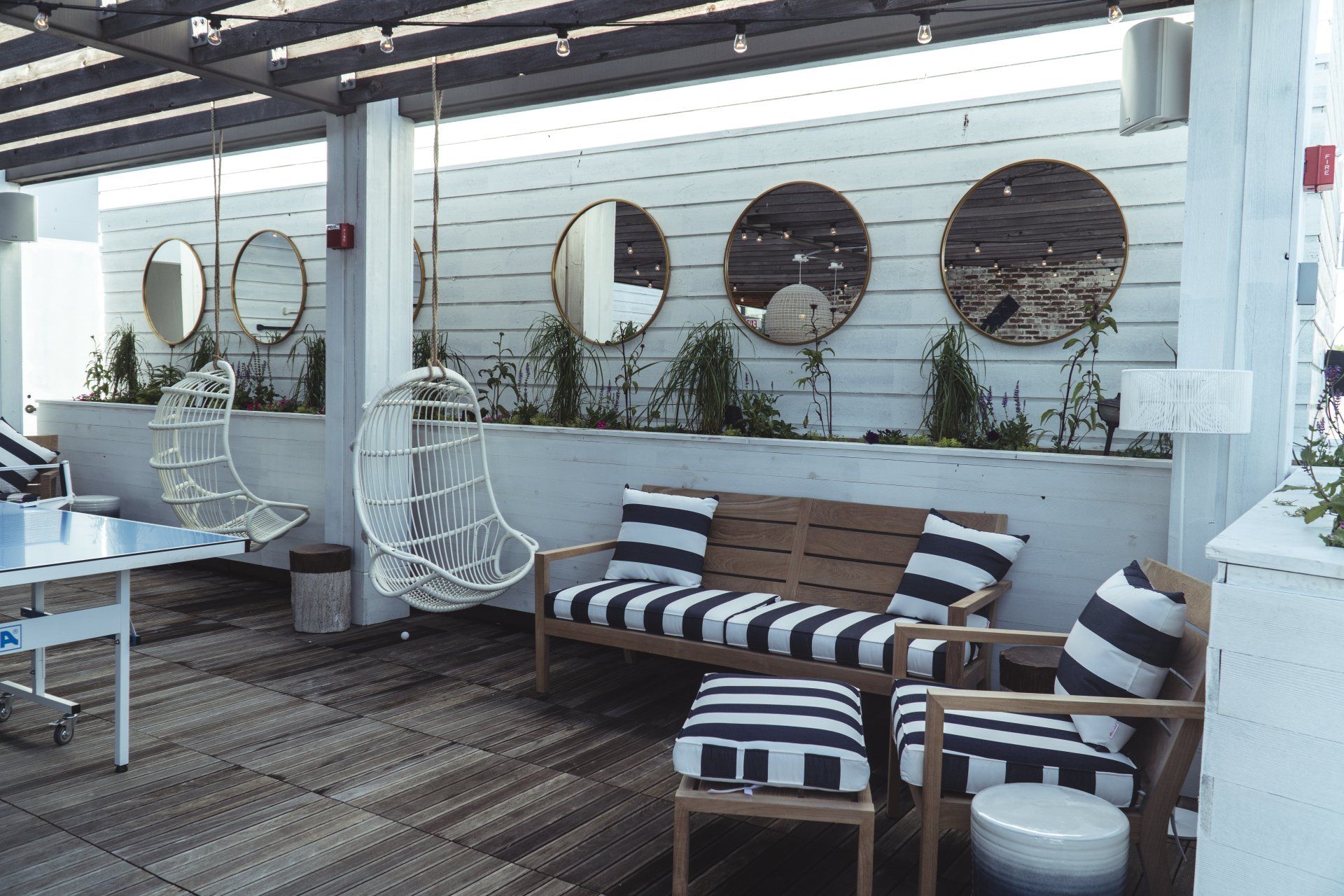What Is Wood Composite?
What Is Wood Composite?
Wood composite is an umbrella term that encompasses an array of human-made wood products. Examples are Decking, Plywood, Parallams, and OSB. They're all created by binding fibers, strands and sawdust, or even pieces of wood with adhesives, as well as other components like recycled plastics. Composites are made from the same wood as lumber but when blended with other components, they are more durable and stronger. They're not a new product as compared to traditional composites such as MDF or particleboard, yet they're extremely well-known. It's also known as human-made wood, engineered wood, and wood-plastic-composite (WPC).
Composite wood is made up of diverse components which could comprise straw, plastic, or glue. The fibers and particles of different kinds of wood are mixed with adhesives to hold them together. Many people believe that composite wood appears fake. However, real wood veneer can be added to the exterior to give products a more appealing appearance, for example, by using thin wood flooring.
What Does Wood Composite Mean?
Composite materials are produced by mixing various ingredients to create a new product. The product is a wood composite. The term "wood composite" is an umbrella term that can be used to refer to a wide range of types of wood. Anything made by man which contains some wood is a composite.
Certain wood composites consist primarily of wood. Others contain just the slightest. The amount of real wood vs. fake varies based on the item. For instance, plywood is typically real wood that is held together with glue. The composite decking, however, has small amounts of wood. Both are regarded as wood composite products.
Man-made materials like Timbertech and Trex decking as well as plywood, and OSB are just a few examples of wood composites. The real ingredients are typically wood, veneers, chunks, or sawdust. Fake ingredients are generally composed of glues, plastics, and other materials that are not natural.
A composite product certainly can bring benefits that include:
- Strength and durability
- Resistance to forces
- No maintenance
- Crack resistance
- Doesn't expand or contract the same way as natural products.
- It can have a smooth, flat surface that can hold paint well
There are a few negatives, too. Composite materials usually come with a higher initial cost as well as a fake appearance. However, when veneers are employed, they appear to be real.
Is Composite Wood Fake Wood?
Composite wood looks similar to fake wood, it is dependent on the type of wood you're making use of. There are so many varieties of options that it's impossible to provide an answer that is definitive.
Here are some typical examples:
Cabinets that are painted are usually constructed from composite panels. It appears like real wood since it's been painted.
The same is true for the composite trim. If you paint the molding, you won't be able to tell the difference.
Parallam beams look like wooden chunks that are glued together.
Plywood is a wood that is composite. Some are made from veneers that are glued together. This kind of wood looks authentic. However, plywood made of pieces of wood glued together looks more fake.
Composite decking looks fake. Even the material that's made to appear real is quite fake.
The thin wood flooring appears to be real. It's due to the extremely thin wood veneer. It's not obvious that there's a fake composite's bottom side when it's being installed.
The majority of composite lumber doesn't appear like wood. However, this could be a plus. They're not prone to surface imperfections that show up when you apply the paint. MDF is a popular material that is used in interior cabinetry and trim. It's very easy to use, is priced lower, does not expand much, and can hold paint very well. This is the reason why many top cabinets have MDF panels.
Deck Builder Saskatoon Quote





